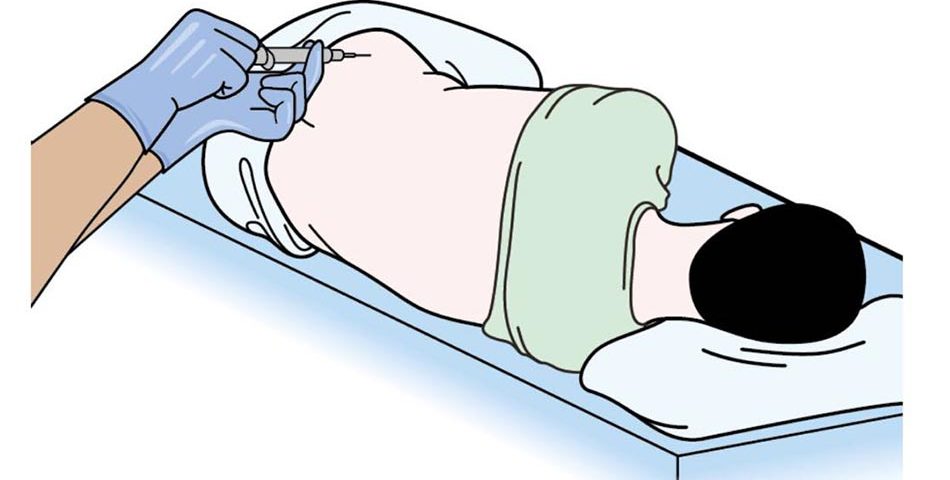Bone Marrow Biopsy

Bone marrow reporting
5 January، 2012
Targeted therapy
17 December، 2014
Bone marrow Biopsy
A doctor takes a small sample of bone marrow from the back of the hip bone (pelvis). It’s sent to a laboratory to be checked for abnormal cells. A haematologist can tell which type of blood condition it is by looking closely at the cells.
It takes about 20–30 minutes in total but removing the bone marrow sample only takes a few minutes.
Before the bone marrow sample is taken, you’ll be given a local anaesthetic injection to numb the area. You may also be offered a short-acting sedative to reduce any pain or discomfort during the test.
The doctor passes a needle through the skin into the bone. They then draw a small sample of liquid from inside the bone marrow into a syringe. This is called a bone marrow aspirate. It can feel uncomfortable for a few seconds when the liquid marrow is drawn into the syringe.
You may also have small core of marrow taken (a trephine biopsy). The doctor passes a thicker needle through the skin into the bone marrow. When they take the needle out it contains a small core of bone marrow.
You may feel bruised after having a sample of bone marrow taken, and have an ache for a few days. This can be eased with mild painkillers.



